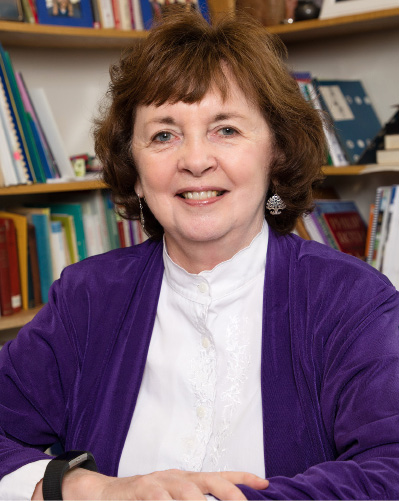December 1, 2017
Pat Werner weighs in on her upcoming retirement from Washington Montessori School as Head of School for 38 years, and shares her thoughts on a Montessori education.
Pat Werner was born in the suburbs of New Jersey. She grew up there and attended public school. “My parents were believers in public education and my mother became a public school teacher once my younger brother was of school age,” she explains. Even though her mother was a public school teacher, Pat was sure she did not want to be a teacher. After receiving a degree in political science from Drew University in New Jersey, she moved to Brooklyn, embracing the city and leaving the suburbs behind. Soon after graduating and having children, Pat discovered the Montessori education. It became clear to her that she very much wanted to be a Montessori teacher.
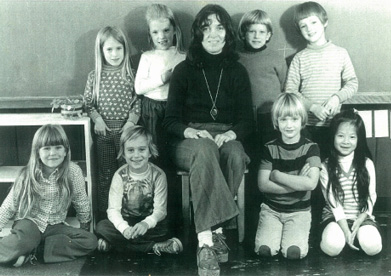
After some Brooklyn adventures including teaching at Brooklyn Heights Montessori School, and sending her children there, she met her now husband Ed who was renovating a house in Washington, Connecticut. “He ended up buying it and expanding it several times and it is where we live now. I followed the signs to a fair at WMS in the summer of 1975. I met teachers Norma Mitchell and Ineke Ghering at the fair and found out that there was a job opening for an elementary teacher. I applied for the position and began teaching eight first graders in September of 1975,” Pat recalls.
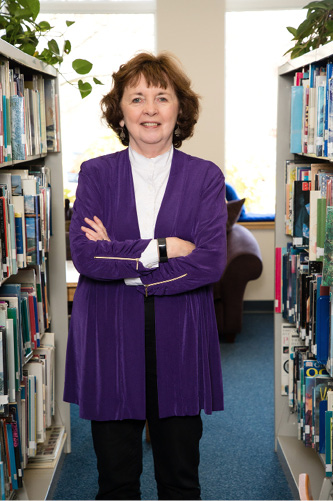
We asked Pat Werner to describe what the Montessori method of teaching is:
“Montessori education is a humanistic philosophy meaning it considers the whole person and sees each child as an individual. We use the term ‘prepared environment’ to describe the psychological and physical space our teachers create in the classrooms. The more important is the psychological preparation of an inclusive, safe, and encouraging atmosphere that invites children to learn. Children naturally want to learn and they just need the opportunity opened up and structured to engage them. We also create physical spaces in class that are well ordered and beautiful — filled with learning materials that appeal to children and help them to advance. This is more obvious in classrooms for younger children but is true for the older students as well. You can have a Montessori classroom without Montessori materials, but you can’t have one without the psychological attributes I’ve described.
The bigger vision is having the school as a whole be like a Montessori classroom — having both adults and children be known and treated with respect and feel like an important part of something bigger. An even larger vision is that everyone takes that sense of self and uses it to help make our world a better place.”
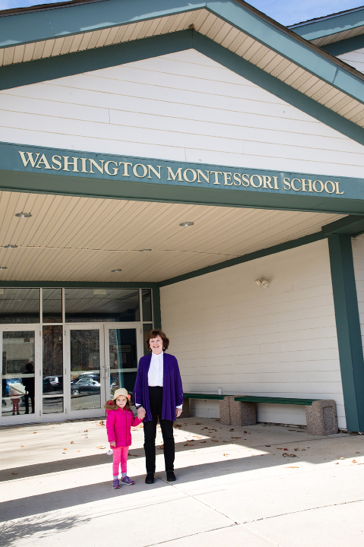
Indeed, this approach encapsulates the environment and philosophy at WMS under Pat’s decades of leadership. She has left an incredible impact on so many children as she took the school from a church basement in its early days to today’s impressive 48-acre campus with a 57,000-square-foot-building, tennis courts, athletic fields, playgrounds and outdoor classrooms.
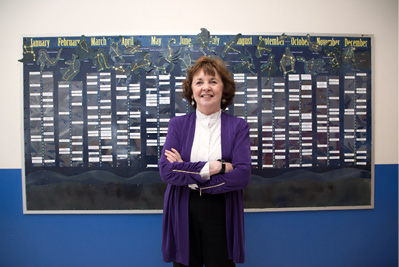
Pat talks about the lessons she has learned at WMS: “I’ve learned that creating a warm and respective environment for children, teachers and parents is the key to a strong learning experience. Schools need to be places where both children and adults can learn. A school needs to continue to grow and improve the delivery of learning opportunities for children to evolve, but having it grounded in a caring community is very important.”

Another lesson Pat learned is how important it is to truly partner with parents in raising and educating their children. “So much more can be accomplished if you agree on mutual values and goals. And probably because I am older and am not in a classroom, I enjoy helping parents and teachers grow as much as helping children.”
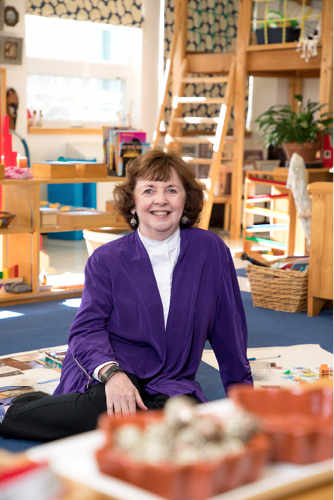
When asked what her biggest challenge at WMS was, Pat responded, “I think the biggest challenge was early on — convincing prospective parents that WMS could educate children very well in addition to focusing on their development as people. It took years for us to establish our reputation as a strong educational institution. Once we had a track record of student success, that became easier.”
And her biggest joy? “There have been many joys. Watching children take small steps in becoming more self reliant and confident as learners on a day-to-day basis still thrills me. Convincing a parent that they might try a different strategy to overcome a challenge their child is having is very satisfying. Encouraging a teacher to work on something that has been hard for him/her and make progress feels great. Personally, I love that my two children and one of my grandchildren were able to grow at WMS.”
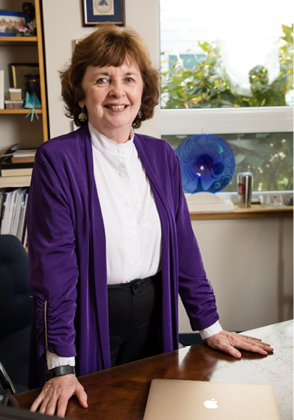
As she prepares to retire from her post at the end of the 2017-18 school year, Pat Werner contemplates what she will miss the most, “I will very much miss the children. It is such a pleasure to be around children every day — they bring vitality to a setting and they are funny, earnest and sweet no matter the age. There is something to laugh about every day.” Meanwhile, Pat is enjoying her last months at WMS. Each class has invited her to do something special over the year, from a fondue lunch to making her a necklace modeled on the golden beads (a Montessori math material). “It is bittersweet to be leaving, but I think the time is right,” she adds.
Pat Werner’s plans are to travel and to decompress from the unavoidable stress of the job. “After that we’ll see…”
On November 1st, the Washington Montessori School Board of Trustees announced the appointment of Ms. Carney O’Brien as the next Head of School. After providing WMS with such strong leadership for so many years, Pat Werner will be leaving a house well-built to her successor. Her legacy will live on through the children who became self-motivated and confident under her guidance, prepared to take on the world.





